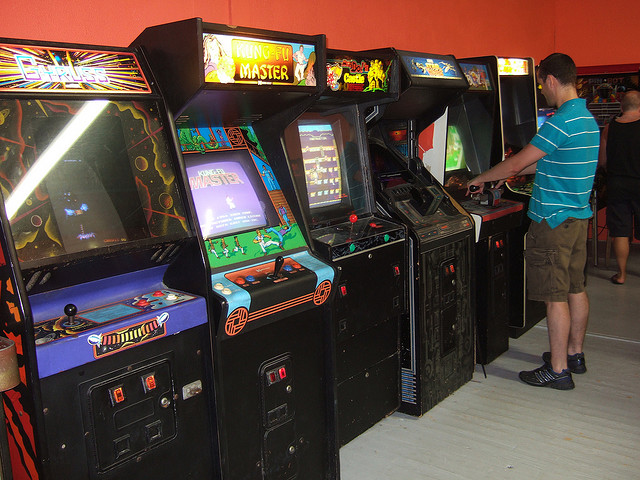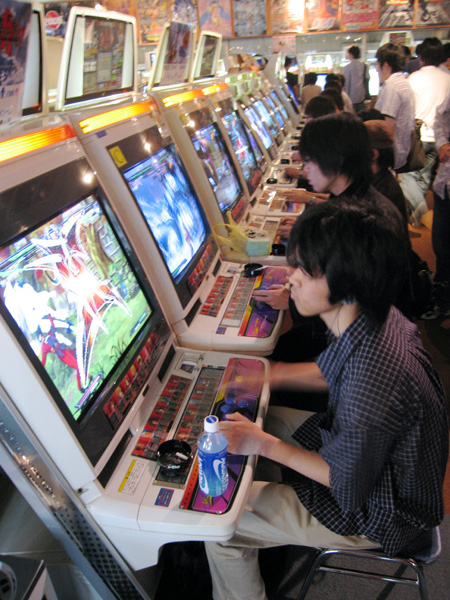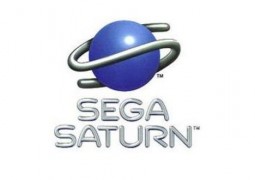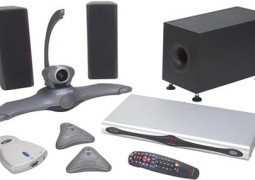The Life and Death of the Arcade
by 21 October, 2011 3:08 pm5
This article was produced by pool table and arcade machine merchants, Home Leisure Direct – the hub for everything in home entertainment and gaming.
What happened to the beloved arcade? Incredibly popular from the 70s to 90s, the arcade was once the place to hang out, challenge someone to a game, or simply challenge yourself to beat your highest score.
Now, technical advancement, particularly in home computers and games consoles, has caused a dynamic shift as arcades are left empty while people simply stay indoors with their download. Have we lost the social dimension to games playing now that the arcades look set to close their doors as coin op production ceases?
The first coin operated arcade game was The Galaxy Game in 1971, which drew huge crowds when it was installed on the campus of Stanford University. However, from these prestigious beginnings, arcades opened their doors wide to everyone, which was part of their allure. It was a giant gaming extravaganza and everybody was invited.

It was Atari’s Pong that really changed things in 1972. Incredibly basic, it nevertheless raised interest levels to new heights and enticed more people from all walks of life into the arcades. However, the Golden Age of Arcade Games was heralded by the release of Taito’s stellar hit Space Invaders in 1978, Atari’s immensely successful Asteroids in 1979 and finally Pac-Man in 1980.
These arcade classics were, at first, only available in the arcades, hence their immense popularity and the burgeoning success of the arcade as a social phenomenon in the Golden Age spanning 1978-1986. Nintendo entered the arena with hugely popular titles like Donkey Kong in 1981, while the innovative cell-animated Dragon’s Lair and 3D polygonal I, Robot, both released in 1983, showed what new graphics technology could do.
The success of their arcade hits led Atari to release the VCS home games console in 1977 and Nintendo to release their Nintendo Entertainment System (NES) in 1983. Ironically, this move toward domesticating the arcade experience was the first step toward the demise of the arcade. Gamers were reticent to visit an arcade to pump coins into a machine when they could own the game at home for a one off purchase price.

Arcade machine developers soon realised they had a real battle on their hands with the home games console rivals they had themselves created! They quickly realised advanced technology and how it could be utilised to enhance the arcade experience was the answer.
Ever more elaborate arcade cabinets such as Sega’s smash hits Sega Rally in 1994 and Manx TT Superbike in 1995 closely mimicked the experience of driving a rally car or riding a bike with their innovative control systems.
These arcade games were quite costly per game and took up a huge amount of space. More importantly, the sixth generation of games consoles like the PS2 and Xbox incorporated online competition into their gaming repertoire.
Now players could have a genuine multiplayer experience in the comfort of their home and the later consoles greatly improved the services. Now gaming was fully integrated into home entertainment, with games, films and music being downloaded. The arcades looked decidedly old hat.
It’s a shame the arcades have hit such hard times. Tighter quality control might have helped their cause, but it’s doubtful even that could have helped arcades stand up against the seismic shift caused by online gaming and social media platforms. People don’t want to leave their home for gaming, entertainment and even socialising opportunities. They now demand it to be in their living space and readily accessible at their fingertips.
42% of all adults own a games console in the US. New technologies like improved 3D may give arcades a sense of novelty, but it’s perhaps impossible for them to turn things around completely. The same is happening with cinemas, which are experiencing dwindling ticket sales. Perhaps the arcade and cinema will eventually merge into a fully interactive film experience, but that’s still a long way off.
The end of the arcade would signal the loss of a truly interactive social phenomenon. Those who remember the excitement of heading to the flashing lights and razzle dazzle of the arcades will look upon sitting wired in and playing against unknown people over the internet as something lacking in comparison to the Golden Age of Arcade Games. Whether arcades still have a future is a question waiting to be answered.




































































